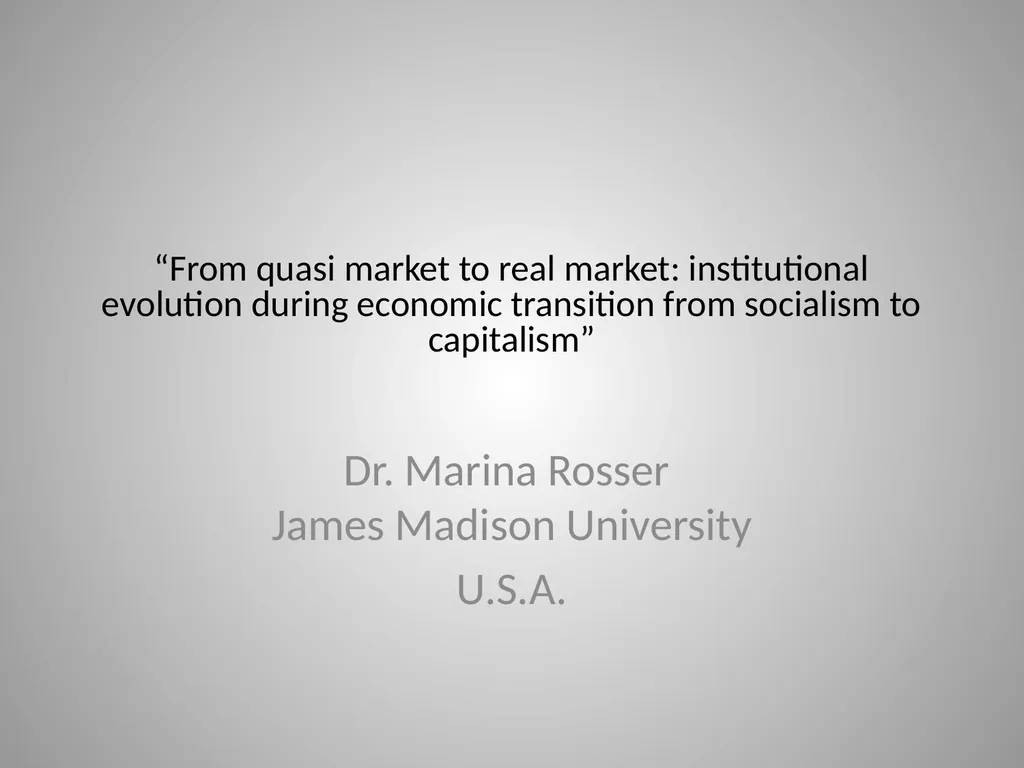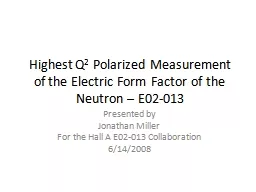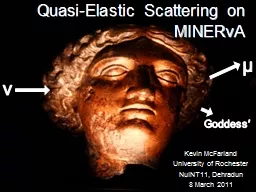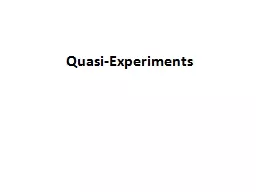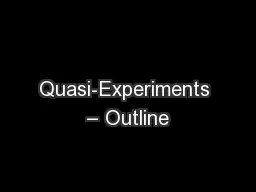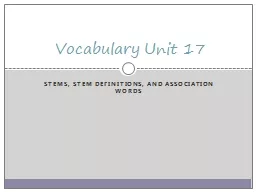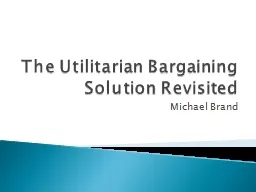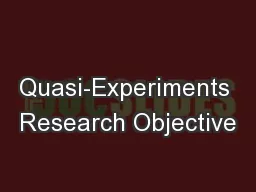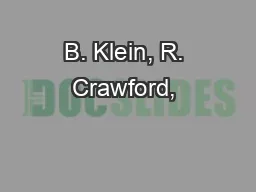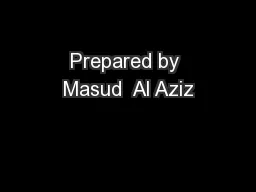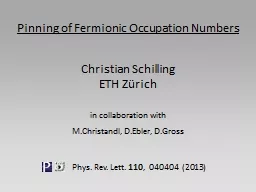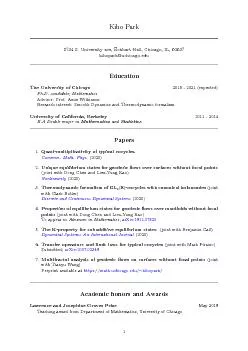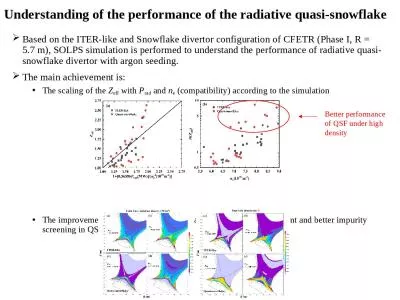“From quasi market to real market: institutional
Author : celsa-spraggs | Published Date : 2025-07-16
Description: From quasi market to real market institutional evolution during economic transition from socialism to capitalism Dr Marina Rosser James Madison University USA Prologue the landscape of issues and concepts The history of market
Presentation Embed Code
Download Presentation
Download
Presentation The PPT/PDF document
"“From quasi market to real market: institutional" is the property of its rightful owner.
Permission is granted to download and print the materials on this website for personal, non-commercial use only,
and to display it on your personal computer provided you do not modify the materials and that you retain all
copyright notices contained in the materials. By downloading content from our website, you accept the terms of
this agreement.
Transcript:“From quasi market to real market: institutional:
“From quasi market to real market: institutional evolution during economic transition from socialism to capitalism” Dr. Marina Rosser James Madison University U.S.A. Prologue: the landscape of issues and concepts The history of market economy and the end of history The age of economic experimentation: Marx as a geneticist (the historical prerequisites for the socialist overhaul) and the Soviet Union as a teleology (a construction of an economic system according to a plan) the transitology and the Big Bang (Washington consensus) Market economy redefined and redesigned: from barter to money, from money to fiat money, from fiat money to Bidcoin and to markomata: market exchange embedded in various economic systems, and world markets of capital and labor Emergent markets: building, arranging and consolidation appropriate and optimal economic institutions, building a new path The overview Almost 100 year since the Russia revolution that ushered the period of “engineering “better than market economic system repairing the macroeconomic ills of inflation and unemployment and seeking to eliminate income inequality 70 years since the end of WWII that originated the split into two competing worlds based on economic systems. The divide that later went through individual countries like Germany and Vietnam and Korea and separated China and Taiwan Over 25 years of economic transition that challenged to undo socialism and re-usher market efficiency and growth of income The new age of the global community of rapid and growing exchange in goods and services and massive movements of capital and labor: truly worldwide markets offering tremendous opportunities to growth What is the scorecard of the previously socialist economies? Looks like a C at best… The institutions The institutional context in in constant evolution The institutions are both formal and informal i.e. laws and protocols on the one hand and norms and customs , on the other Based on history and a variety of other factors institutions can be viewed as :good”( a fit with the agenda of the system in question) or “bad” ( in conflict with the agenda mentioned) Individual institutions co-evolve with the their peers and develop a strong interlocking structure and interdependence Thus the institutional complementarity Some institutions are rigid( path dependence ) and some are fluid( reformable and pliable) Institution building is prone to a variety of constraints and thus it is very possible to see interim institutions being important for the eventual consolidation of the final institutional architecture The current status
